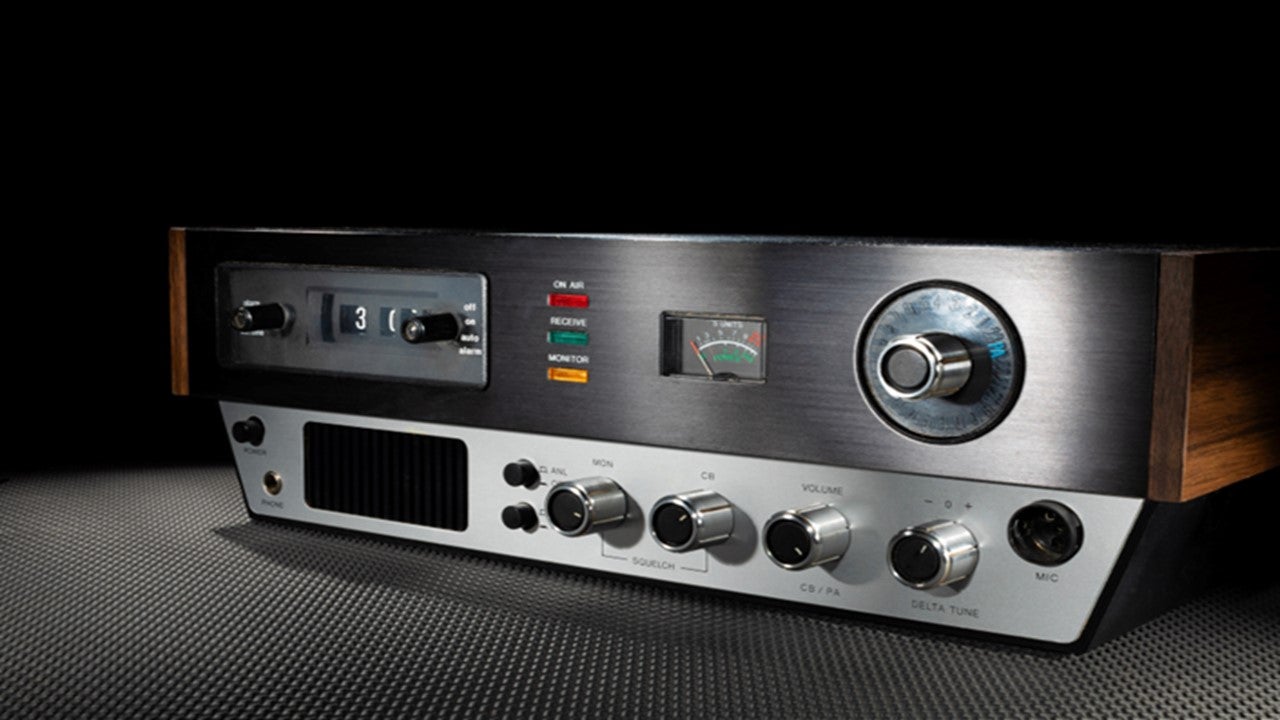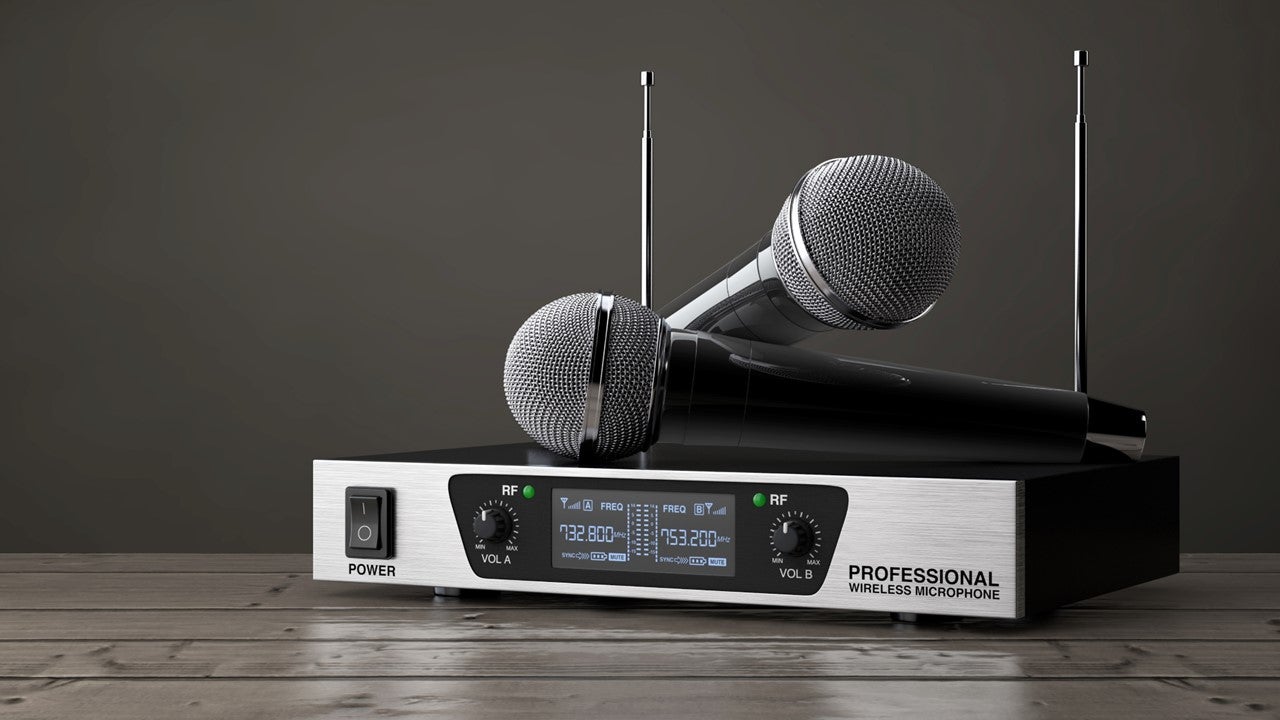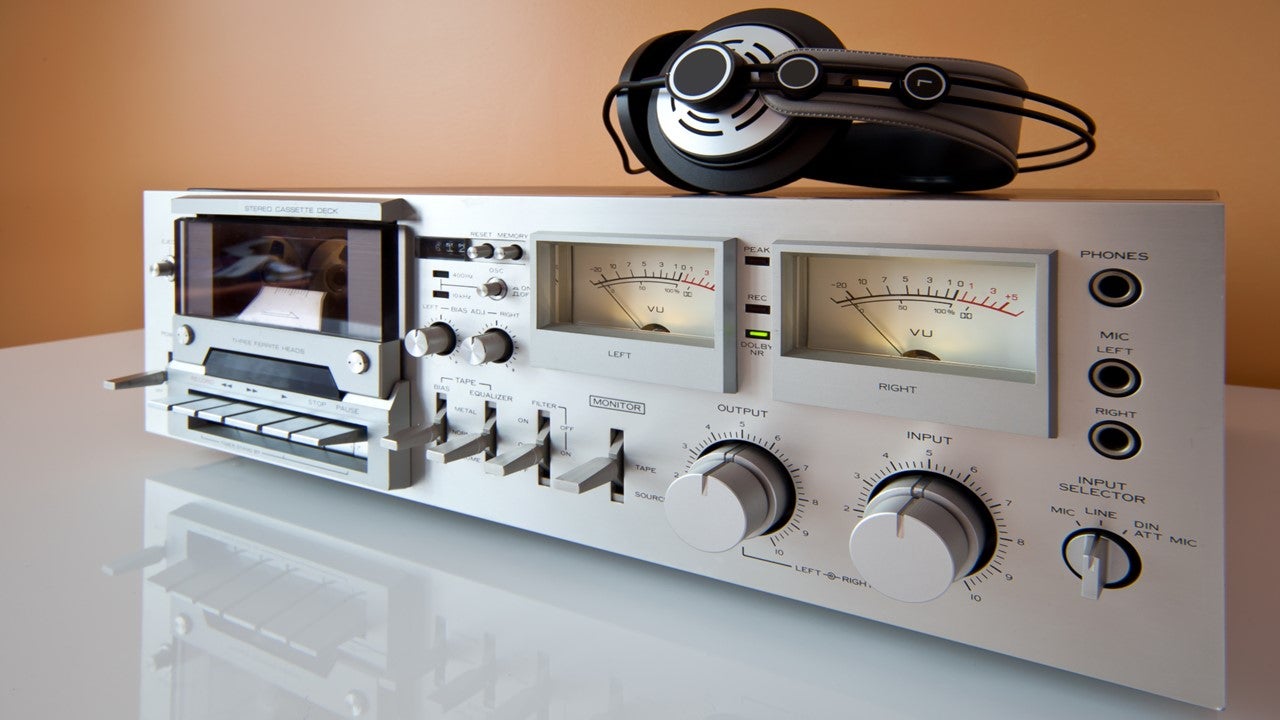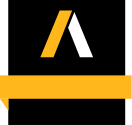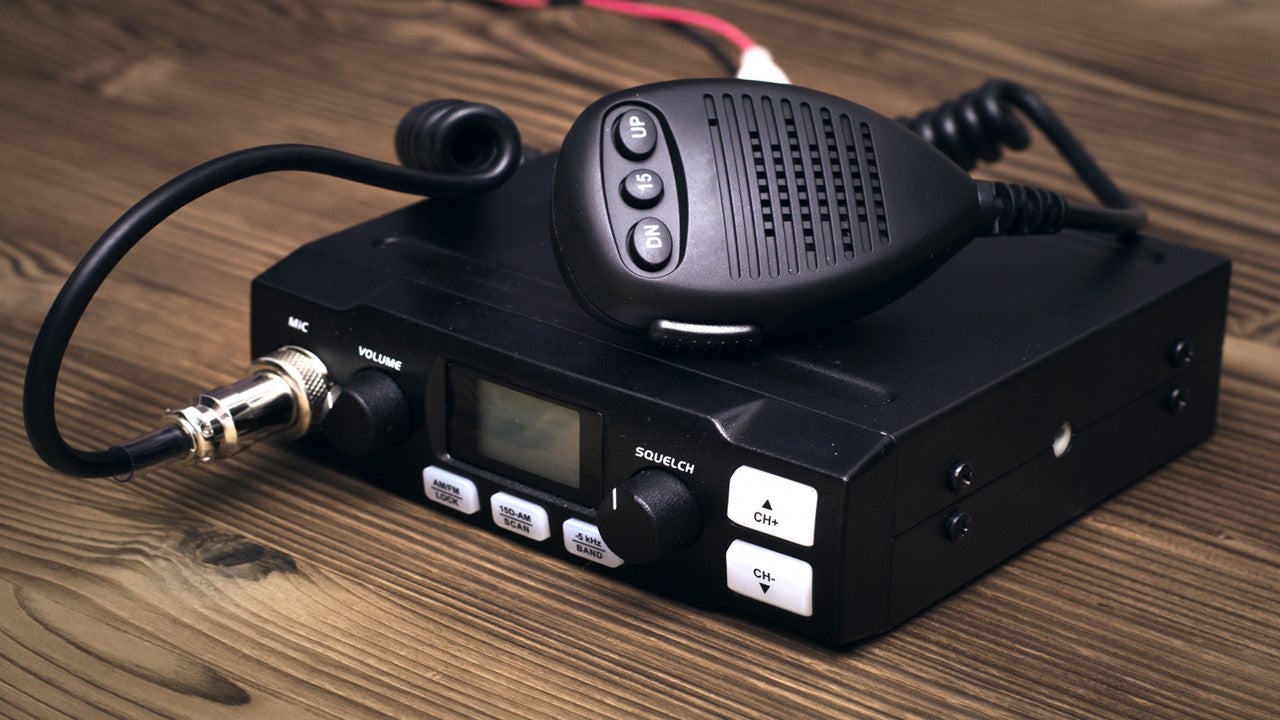
![]() This learning track covers a comprehensive understanding of Software Defined Radios (SDRs), their components, architectures, and the distortion parameters involved. It begins with the fundamental concepts of SDRs, their history, requirements, and how they differ from conventional radios. The learning track then delves into the components of SDRs, explaining the interaction between RF transmitter and receiver, the conversion of digital information into analog, and the role of antennas in transmitting signals. It further explores the limitations of analog components and the challenges faced in achieving a purely digital RF front end. The learning track also provides a detailed explanation of Superheterodyne and Homodyne architectures, their advantages, and how to choose the right architecture based on specific requirements. It concludes with the requirements and limitations of sampling directly at the RF frequency, the impact of bandwidth on the performance of DAC and ADC, and the benefits of over-sampling and under-sampling architectures. The learning track also covers the understanding of distortion parameters in radios, power amplifiers in radio communication, and the linearization techniques used to counteract these effects.
This learning track covers a comprehensive understanding of Software Defined Radios (SDRs), their components, architectures, and the distortion parameters involved. It begins with the fundamental concepts of SDRs, their history, requirements, and how they differ from conventional radios. The learning track then delves into the components of SDRs, explaining the interaction between RF transmitter and receiver, the conversion of digital information into analog, and the role of antennas in transmitting signals. It further explores the limitations of analog components and the challenges faced in achieving a purely digital RF front end. The learning track also provides a detailed explanation of Superheterodyne and Homodyne architectures, their advantages, and how to choose the right architecture based on specific requirements. It concludes with the requirements and limitations of sampling directly at the RF frequency, the impact of bandwidth on the performance of DAC and ADC, and the benefits of over-sampling and under-sampling architectures. The learning track also covers the understanding of distortion parameters in radios, power amplifiers in radio communication, and the linearization techniques used to counteract these effects.

